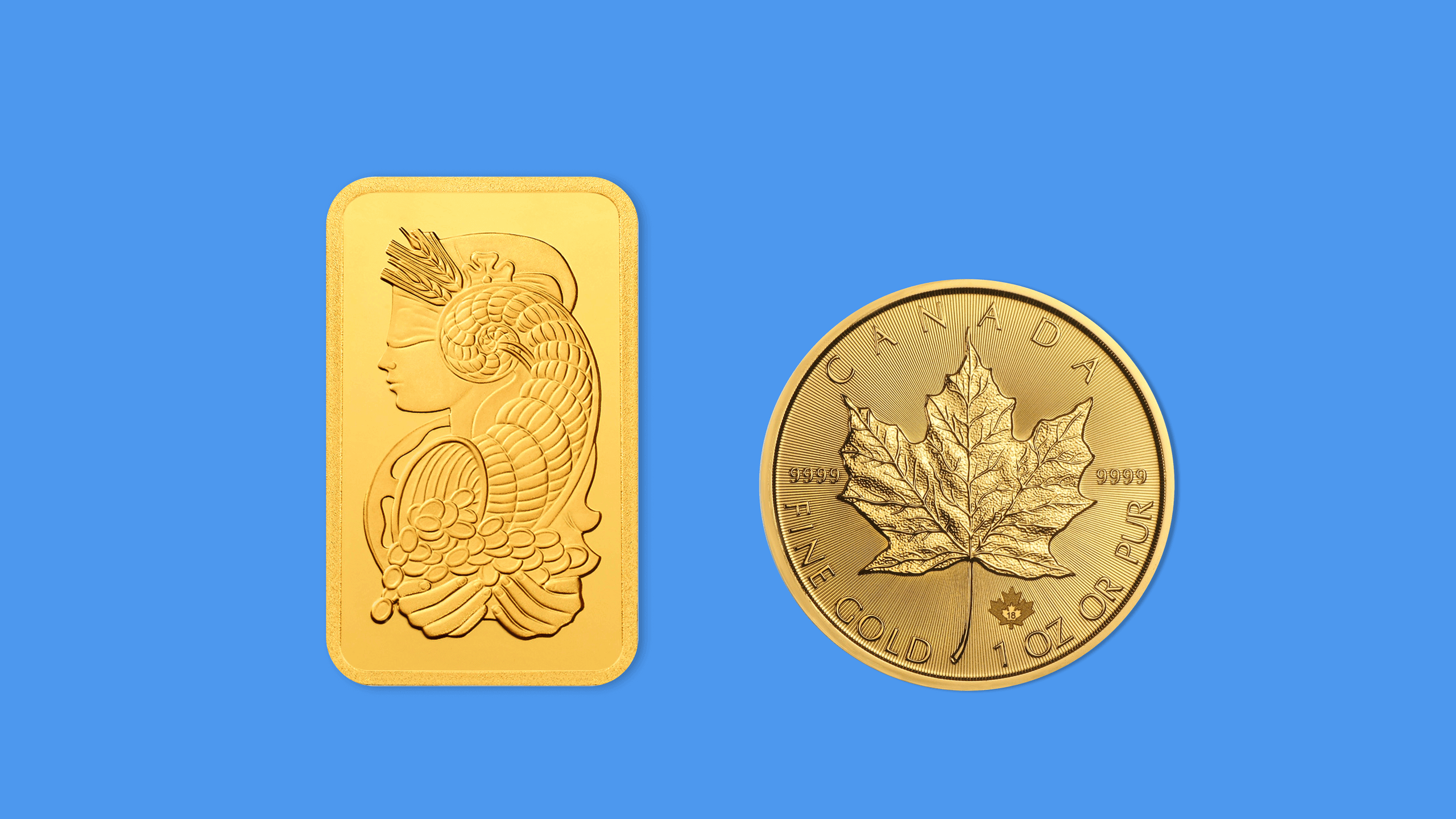Welcome to Gold Investment Fundamentals: A Beginner’s Primer. In this comprehensive guide, we’ll explore the essential fundamentals of investing in gold investment for beginners. Whether you’re intrigued by the historical allure of gold or seeking to diversify your investment portfolio, this primer will provide you with the knowledge and insights you need to get started on your gold investment journey. From understanding the unique properties of gold to exploring different investment options and strategies, let’s dive into the world of gold investment and uncover the fundamentals that every beginner should know.

Understanding the Unique Properties of Gold
Gold has captivated humanity for centuries with its intrinsic beauty, rarity, and enduring value. Unlike paper currencies or other commodities, gold possesses unique properties that make it a sought-after asset for investors seeking stability, security, and wealth preservation.
As a beginner investor, it’s essential to understand the following key properties of gold:
- Intrinsic Value: Gold has inherent value and is widely recognized as a store of wealth throughout history. Unlike paper currencies, which can be subject to inflation and devaluation, gold maintains its value over time, making it a reliable hedge against economic uncertainty and financial instability.
- Rarity: Gold is a scarce resource found in limited quantities around the world. Its rarity contributes to its value and makes it a coveted asset for investors seeking to diversify their portfolios and protect against market volatility.
- Durability: Gold is highly durable and resistant to corrosion, making it an ideal medium of exchange and store of value. Unlike other commodities that degrade over time, gold retains its luster and beauty indefinitely, making it a timeless and enduring investment.
- Universally Accepted: Gold is universally accepted as a form of currency and store of value. It transcends national borders and political boundaries, making it a global asset that is recognized and valued by people around the world.
Exploring Different Investment Options
As a beginner investor, you have several options for investing in gold, each with its own set of risks and benefits. Let’s explore some of the most common investment options available:
- Physical Gold: Investing in physical gold, such as gold bars, coins, or bullion, is one of the most traditional and straightforward ways to own gold. Physical gold offers tangible ownership of the precious metal and provides a sense of security and stability. However, it’s essential to consider factors such as storage, security, and liquidity when investing in physical gold.
- Gold Exchange-Traded Funds (ETFs): Gold exchange-traded funds (ETFs) are investment funds that trade on stock exchanges like individual stocks, allowing investors to gain exposure to the price of gold without the need to own physical gold. Investing in gold ETFs offers several advantages, including diversification, liquidity, and transparency.
- Gold Mining Stocks: Another way to invest in gold is through gold mining stocks, which are shares of companies involved in the exploration, production, and distribution of gold. Investing in gold mining stocks offers exposure to the potential upside of gold prices while also providing opportunities for capital appreciation and dividend income.
- Gold Futures Contracts: For more experienced investors looking to speculate on the future price of gold, gold futures contracts offer a highly leveraged and potentially lucrative investment option. Gold futures contracts are agreements to buy or sell a specified amount of gold at a predetermined price on a future date.
Developing a Gold Investment Strategy
Once you’ve decided to invest in gold, it’s essential to develop a clear investment strategy tailored to your financial goals, risk tolerance, and time horizon. Here are some key steps to consider when developing your gold investment strategy:
- Determine Your Investment Objectives: What are your reasons for investing in gold? Are you seeking wealth preservation, portfolio diversification, or speculative opportunities? Understanding your investment objectives will help guide your decision-making process and ensure that your gold investment strategy aligns with your financial goals.
- Assess Your Risk Tolerance: Every investment carries a certain level of risk, and gold is no exception. Before investing in gold, assess your risk tolerance and determine how much risk you are willing to take on. Consider factors such as your investment horizon, financial situation, and comfort level with market volatility.
- Choose the Right Investment Vehicles: Once you’ve determined your investment objectives and risk tolerance, choose the right investment vehicles to achieve your goals. Whether you opt for physical gold, gold ETFs, gold mining stocks, or gold futures contracts, make sure your investment choices align with your investment strategy and objectives.
- Diversify Your Portfolio: Diversification is a key principle of sound investing and can help reduce risk and enhance returns over time. Consider diversifying your gold investments across different asset classes and investment vehicles to mitigate risk and maximize your investment returns.
- Monitor and Review Your Investments: Once you’ve implemented your gold investment strategy, it’s essential to monitor and review your investments regularly. Stay informed about changes in the gold market and be prepared to adjust your investment strategy as needed to stay on track with your financial goals.
Conclusion: Your Journey to Gold Investment Success
Congratulations! You’ve completed Gold Investment Fundamentals: A Beginner’s Primer. Armed with the knowledge and insights you’ve gained from this primer, you’re ready to embark on your gold investment journey with confidence and clarity. Whether you choose to invest in physical gold, gold ETFs, gold mining stocks, or gold futures contracts, remember to stay disciplined, stay informed, and stay focused on your long-term investment objectives.
With patience, diligence, and a commitment to learning and growth, you can unlock the potential of gold investment and achieve your financial goals. Good luck on your journey to gold investment success!




29.2.24
Ok
login လည်းဝင်မရဘူး
Thanks for sharing
Bancoli.com
Thanks😍😘